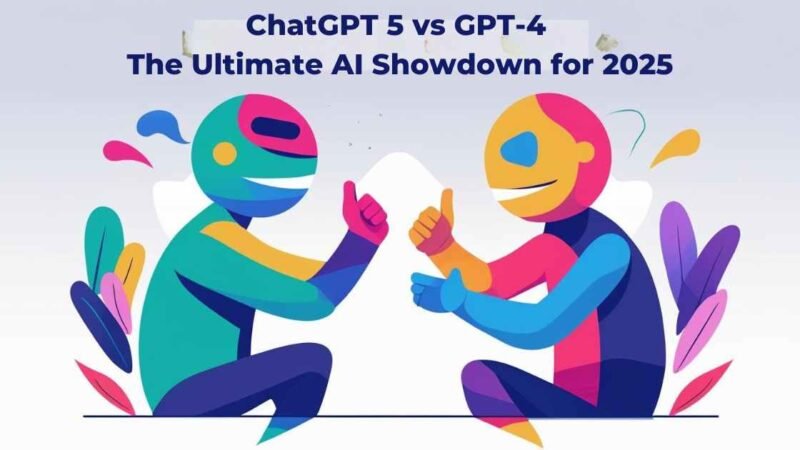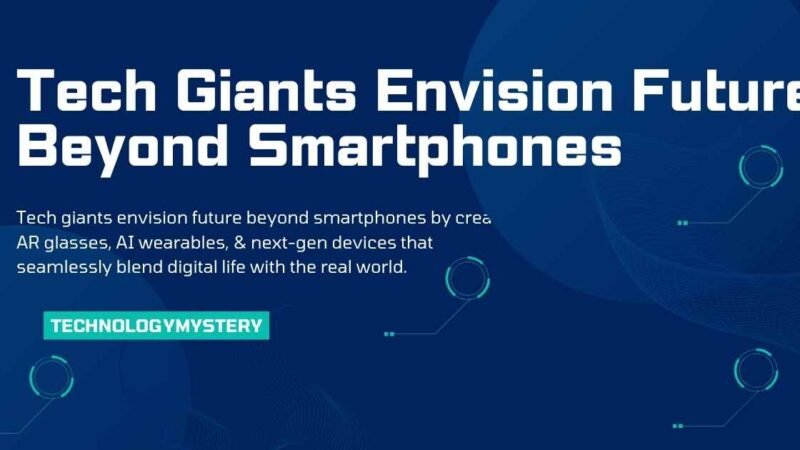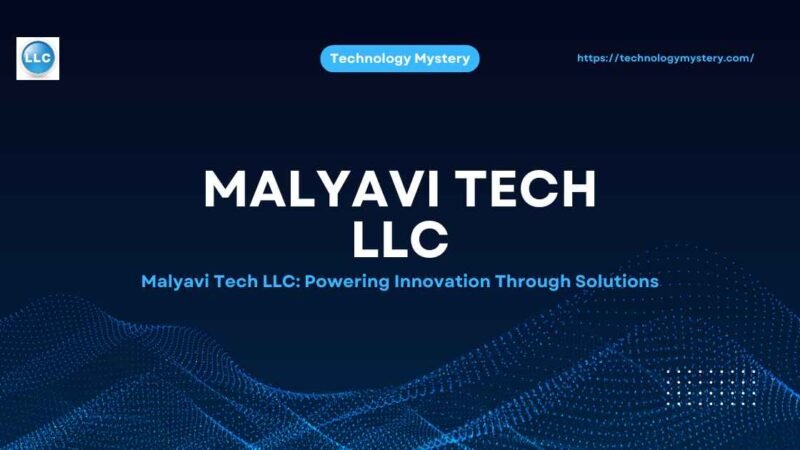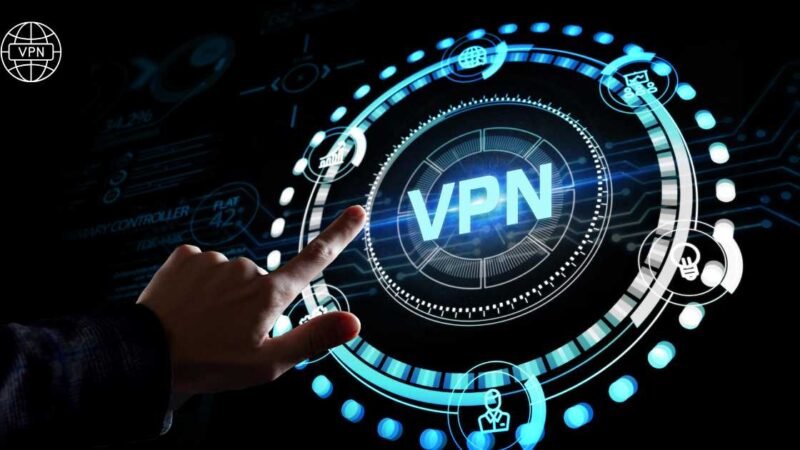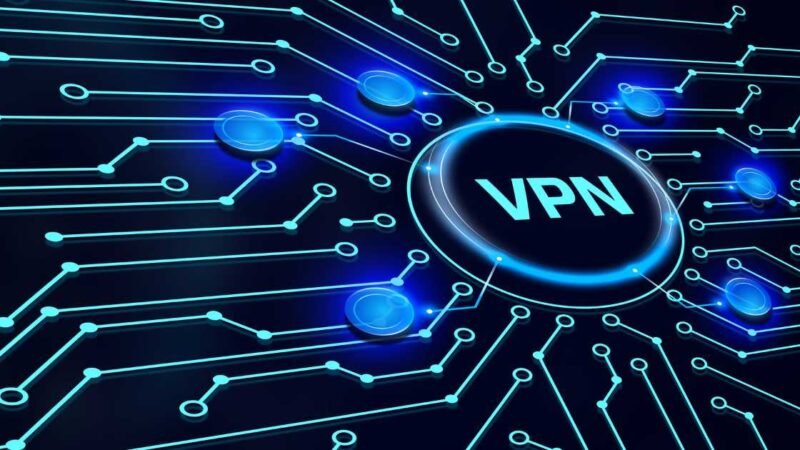How Internet Helps in Education: Unlocking Learning

Introduction – The Digital Bridge of Learning
Imagine stepping into a library so vast that it contains every book ever written, every lecture ever delivered, and every skill ever taught — yet it fits in your pocket.
That’s the power of the internet in education.
The internet has moved far beyond being just a place to “look things up.” It is now a dynamic, interactive, and collaborative ecosystem that redefines how we learn, teach, and share knowledge.
From rural students in Africa attending virtual science classes with teachers in the U.S., to AI-driven platforms that create custom lesson plans for each learner, the internet is reshaping education into something boundless.
Defining How the Internet Helps in Education
When we talk about how internet helps in education, we are talking about more than just Google searches or online videos.
It’s about the entire learning infrastructure that the internet supports — a network where knowledge is instantly accessible, education is flexible, and collaboration knows no borders.
Key characteristics of internet-driven learning include:
- Accessibility: Learning materials are available anytime, anywhere.
- Interactivity: Lessons are no longer one-way lectures but interactive experiences.
- Personalization: Content adapts to each learner’s pace and style.
- Connectivity: Students and teachers can engage across continents.
In short, the internet is the largest classroom in history, and every connected device is a desk in that classroom.
The Evolution of Internet in Education
The relationship between the internet and education is a story of technological evolution.
In the 1960s, early experiments with computer-assisted instruction laid the groundwork for digital learning.
By the 1990s, email and basic websites allowed teachers to share materials online.
The 2000s saw the rise of e-learning platforms such as Moodle and Blackboard.
Today, high-speed internet, smartphones, and cloud services make it possible for a student in one country to watch a lecture being delivered live in another.
Key milestones include:
- 1995: Launch of early educational websites.
- 2006: YouTube opens the door to free video learning.
- 2012: MOOCs (Massive Open Online Courses) revolutionize access to higher education.
- 2020–2021: The COVID-19 pandemic accelerates digital classroom adoption worldwide.
Real-World Applications of Internet in Education
The internet isn’t just a support tool — it’s a core pillar of modern education.
1. Global Access to Knowledge
A student in a remote Pakistani village can access NASA’s online resources, MIT OpenCourseWare, or virtual science labs.
This global reach removes the geographic privilege of education.
2. E-Learning Platforms
Websites like Coursera, Khan Academy, and EdX allow learners to pick up skills in everything from data science to painting.
Many of these courses are free or low-cost, democratizing learning.
3. Collaborative Tools
Google Docs, Trello, and Miro allow real-time group projects without needing to be in the same room — or even the same country.
4. Virtual Classrooms
Teachers can use tools like Zoom with interactive features: breakout rooms, polls, and live annotations that keep students engaged.
5. Gamified Learning
Platforms such as Duolingo turn studying into a game, making it more enjoyable and motivating.
Case Studies – The Internet in Action
Case Study 1: Rural India’s Digital Leap
In Maharashtra, a government initiative provided tablets with preloaded learning apps to rural schools. Students’ math and reading skills improved by 30% in just one year.
Case Study 2: HarvardX Global Reach
Through Harvard’s free online courses, over 2 million learners worldwide accessed Ivy League education without setting foot on campus.
Internet vs. Traditional Learning – A Comparison
| Feature | Traditional Learning | Internet-Based Learning |
|---|---|---|
| Location | Fixed classrooms | Anywhere with internet |
| Schedule | Fixed times | Flexible |
| Resources | Local libraries, textbooks | Global databases, videos |
| Pace | Same for all | Personalized |
| Interaction | In-person only | Live chat, forums, virtual meetings |
Rather than replacing one with the other, blended learning — mixing online tools with physical classrooms — often yields the best results.
Future Implications of Internet in Education
The next decade will push internet-enabled education even further.
Opportunities
- AI tutors available 24/7 to guide students.
- Virtual reality classrooms where students can “visit” the Great Wall of China in history class.
- Blockchain-based certificates to make credentials secure and universally verifiable.
Risks
- Digital divide: Students without reliable internet risk falling behind.
- Information overload: Students must learn to filter accurate information.
- Privacy concerns: Schools and platforms must protect user data.
Ethics
The global educational community must ensure that internet-based learning is inclusive, unbiased, and respectful of cultural diversity.
Best Practices for Using the Internet in Education
- Check Sources Carefully – Avoid misinformation.
- Use Time Wisely – Manage screen time to prevent fatigue.
- Engage with Content – Take notes, ask questions, and participate in discussions.
- Blend Learning Modes – Use online resources alongside traditional methods.
- Stay Cyber-Safe – Protect passwords and avoid sharing personal information.
Conclusion – Education Without Borders
The internet has turned education into a borderless, limitless, and ever-evolving human endeavor.
It enables a child in a remote village to learn coding, a working parent to study at midnight, and an entire generation to access knowledge once locked behind university gates.
Just like the printing press revolutionized the written word, the internet has revolutionized access to knowledge.
The challenge now is to use it wisely, ensuring that its benefits reach everyone, everywhere.
FAQs – How Internet Helps in Education
1. How does the internet make education better?
By providing instant access to global knowledge and connecting learners with teachers worldwide.
2. Can the internet replace physical schools?
It can’t fully replace them, but it can complement them effectively.
3. Is online learning as effective as in-person?
Yes, especially when combined with active engagement and interaction.
4. What are the main tools for online education?
E-learning platforms, video conferencing apps, and collaborative tools.
5. How can students avoid distractions online?
By setting study schedules and using productivity apps.

